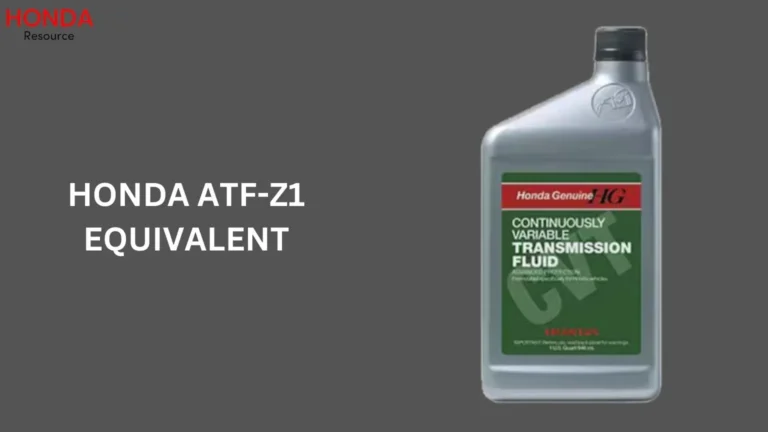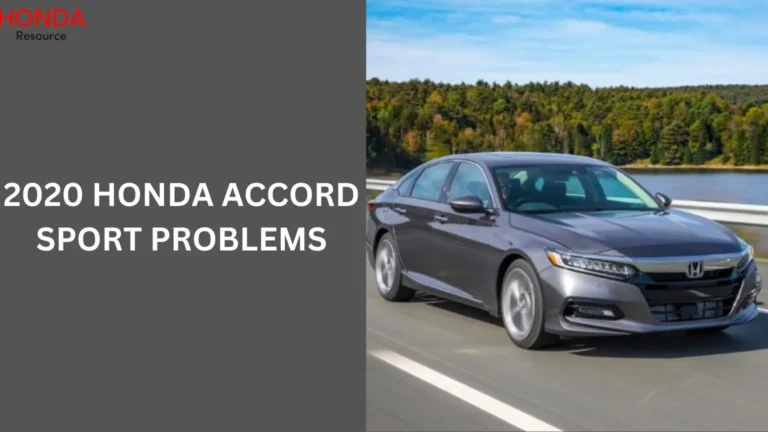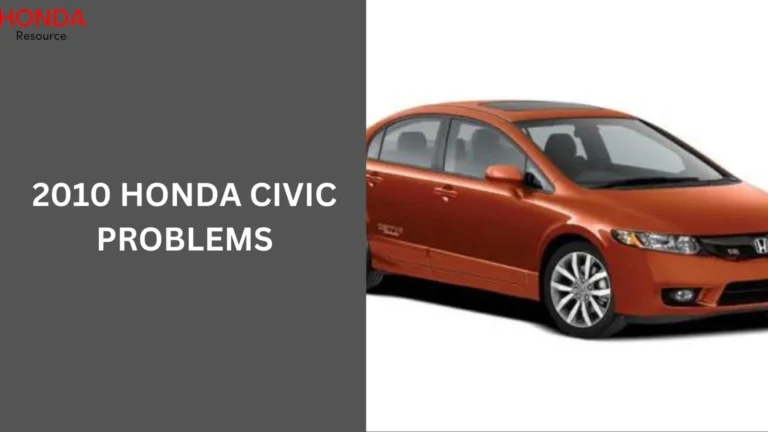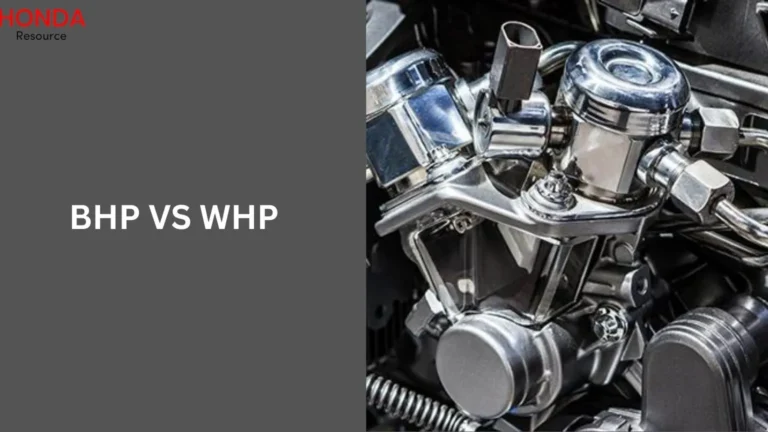B18b1 Engine Specs and Performance & Maintenance Tips
If you’re a car enthusiast or a DIY mechanic, the B18B1 engine is a term you’ve probably come across. Known for its reliability and performance, this engine has garnered a significant following among Honda fans. In this article, we’ll dive into everything you need to know about the B18B1 engine—from its specifications to common modifications and maintenance tips.
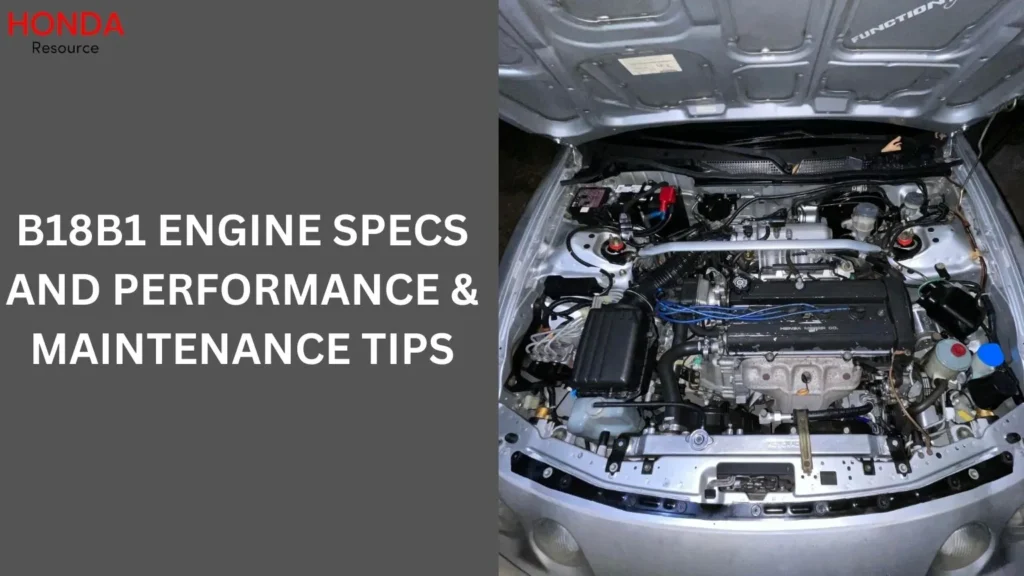
What is the B18B1 Engine?
The B18B1 engine is part of Honda’s B-series, which is a family of inline four-cylinder DOHC engines. Originally designed for the Acura Integra, this engine has become a popular choice for engine swaps and performance builds.
B18B1 Engine Specifications
- Displacement: 1.8 liters (1834 cc)
- Compression Ratio: 9.2:1
- Horsepower: 142 hp at 6,300 RPM
- Torque: 127 lb-ft at 5,200 RPM
- Fuel System: Multi-Point Fuel Injection (MPFI)
- Valvetrain: DOHC with 16 valves
These specs make the B18B1 a well-balanced engine, offering a good mix of power and fuel efficiency.
Performance Potential of the B18B1 Engine
One of the reasons the B18B1 engine is so popular is its potential for modifications. Whether you’re looking to boost horsepower or enhance torque, this engine offers plenty of opportunities for performance upgrades.
Common Modifications for B18B1
- Cold Air Intake: Improving airflow can increase horsepower and throttle response.
- Performance Exhaust System: A high-flow exhaust can help the engine breathe better, adding power.
- Turbocharging: For those looking to make serious power, a turbo kit can significantly boost the B18B1’s output.
- ECU Tuning: Fine-tuning the engine’s computer can optimize performance after modifications.
Maintenance Tips for the B18B1 Engine
Proper maintenance is key to keeping the B18B1 engine running efficiently and reliably. Whether you’re driving a stock setup or a heavily modified build, following these maintenance tips can help ensure your engine’s longevity and performance.
Regular Oil Changes
One of the most critical aspects of maintaining the B18B1 engine is regular oil changes. Using high-quality synthetic oil is recommended, as it offers better protection against wear and tear, especially in high-performance applications.
- Frequency: Change the oil every 3,000 to 5,000 miles, depending on your driving conditions and the oil type.
- Oil Type: For the B18B1, 10W-30 or 5W-30 synthetic oil is commonly recommended.
- Oil Filter: Don’t forget to replace the oil filter with each oil change to ensure the engine is free from contaminants.
Timing Belt and Water Pump
The B18B1 engine uses a timing belt that needs to be replaced periodically to avoid catastrophic engine damage.
- Timing Belt: Replace the timing belt every 60,000 to 100,000 miles. A worn or broken timing belt can cause the valves to collide with the pistons, leading to extensive engine damage.
- Water Pump: It’s a good idea to replace the water pump when you’re changing the timing belt. This is a preventive measure that can save you from future issues, as the water pump is crucial for maintaining engine temperature.
Spark Plugs and Ignition System
Maintaining the ignition system is vital for ensuring efficient combustion and optimal engine performance.
- Spark Plugs: Inspect and replace spark plugs every 30,000 miles. Using high-performance or iridium spark plugs can provide better ignition and longer life.
- Ignition Wires: Check the condition of the ignition wires regularly. If they show signs of wear or cracking, replace them to maintain a strong spark.
Cooling System Maintenance
Overheating is a common issue that can cause significant damage to the B18B1 engine. Regularly maintaining the cooling system can prevent this.
- Coolant: Flush and replace the coolant every 30,000 miles or every two years. Use a 50/50 mix of coolant and distilled water for optimal performance.
- Radiator and Hoses: Inspect the radiator and hoses for leaks, cracks, or blockages. Replace any worn components to ensure efficient cooling.
- Thermostat: A faulty thermostat can cause overheating or poor engine warm-up. Replace the thermostat if you notice temperature fluctuations.
Air Filter and Fuel System
Keeping the air and fuel systems clean is essential for maintaining the engine’s performance and efficiency.
- Air Filter: Replace the air filter every 15,000 to 30,000 miles, or more frequently if you drive in dusty conditions. A clean air filter ensures the engine gets enough air for combustion.
- Fuel Filter: Change the fuel filter every 30,000 miles to keep the fuel system free from contaminants that could clog injectors or damage the fuel pump.
Valve Adjustment
The B18B1 engine uses a DOHC valvetrain that may require periodic valve adjustments to maintain optimal performance.
- Adjustment Interval: Check and adjust the valve clearance every 30,000 miles. Proper valve clearance ensures the engine runs smoothly and avoids premature wear.
- Symptoms: If you hear ticking noises from the engine, it might be time for a valve adjustment.
Transmission and Clutch Maintenance
If your B18B1 is paired with a manual transmission, maintaining the transmission and clutch is essential for a smooth driving experience.
- Transmission Fluid: Replace the manual transmission fluid every 30,000 to 60,000 miles to keep the gears and synchros lubricated.
- Clutch: Monitor the clutch for signs of wear, such as slipping or difficulty shifting gears. If necessary, replace the clutch to maintain performance.
B18B1 vs. Other Honda Engines
When comparing the B18B1 to other engines in Honda’s lineup, it holds its own in terms of reliability and performance. While it may not be as powerful as the B18C1 found in the Integra GS-R, it offers a more budget-friendly option with plenty of modding potential.
B18B1 vs. B16A
The B16A is another popular engine, known for its high-revving nature and VTEC system. While the B18B1 lacks VTEC, it offers more torque, making it a better choice for daily driving.
The Popularity of the B18B1 in Engine Swaps
The B18B1 is a common choice for engine swaps, particularly in older Honda Civics. Its affordability, combined with its modding potential, makes it a favorite among enthusiasts.
Why Choose a B18B1 for Your Swap?
- Cost-Effective: The B18B1 is generally less expensive than other B-series engines.
- Ease of Installation: With plenty of aftermarket support, swapping a B18B1 into a Civic or other Honda is relatively straightforward.
- Performance Gains: Even in stock form, the B18B1 provides a noticeable increase in power and torque compared to many stock Honda engines.
People also ask
How much HP does a B18B1 have?
The B18B1 engine produces 142 horsepower at 6,300 RPM.
What car does a B18B1 come in?
The B18B1 engine comes in the Acura Integra, specifically in the 1994-2001 model years.
Is the B18B1 engine vtec?
No, the B18B1 engine is not a VTEC engine; it features a standard DOHC design without VTEC technology.
Is b18b non vtec?
Yes, the B18B engine is non-VTEC.
Conclusion
The B18B1 engine is a versatile and reliable option for anyone looking to boost their car’s performance or simply keep their Honda running smoothly. With the right maintenance and a few well-chosen modifications, this engine can provide years of dependable service and exciting driving experiences.

I’m Henry Leclerc, a passionate professional car mechanic with a deep love for Honda cars. With years of hands-on experience and extensive knowledge about all Honda car models, I’ve created this website to share my expertise and help fellow Honda enthusiasts keep their vehicles in top-notch condition.


